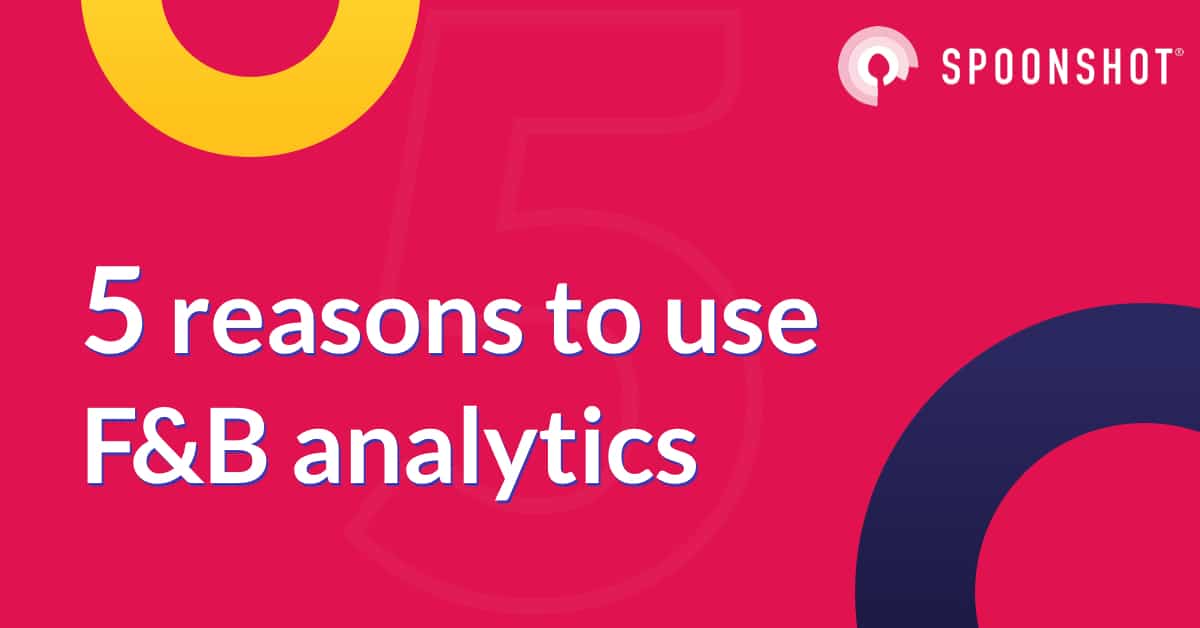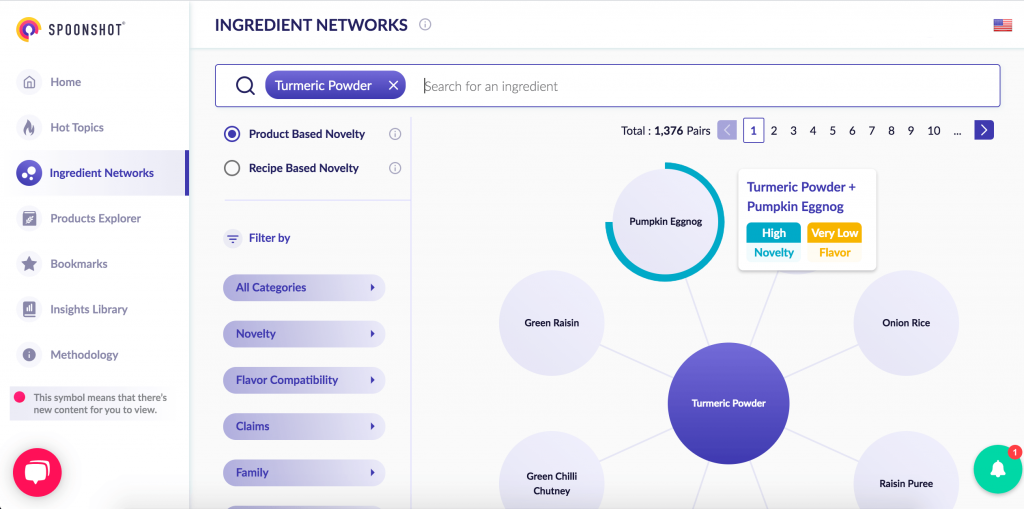
Looking for food and beverage analytics companies to supercharge your product development decisions leveraging external data? Start here.
The food and beverage (F&B) industry is one of the most dynamic sectors in the world, constantly having to innovate to keep up with consumer demands for something new and exciting. Market research has always been an important starting point for innovation within this industry to get a better understanding of consumer needs and behaviors.
Traditional market research has focused on surveys, with pointed questions to understand consumer sentiment, which could be very useful. But they also raise issues of quality and veracity of the final output. These traditional techniques can be time-consuming and depend on the respondent’s memory, which cannot always be relied upon. The emergence of big data analytics and data mining techniques has started to completely change the face of market research and, in turn, the face of the F&B innovation process.
Here are 5 ways in which F&B analytics companies can aid innovation:
- Leveraging Domain Knowledge
Food and beverage analytics companies often incorporate domain expertise with technology to extract insights. At Spoonshot, we have a team of food scientists in-house who work with our data scientists to develop technology that deeply understands the domain and can uncover higher-order food insights. We incorporate nutritional data, components related to sensory data, and food processing technologies to extract insights that companies can use to fast-track new product development.
- Personalized Insights
Generic insights, while useful, may not give companies an edge over the competition. With real-time data, F&B data analytics companies can tailor insights so that they are relevant to a company’s goals based on their interests and needs. Spoonshot recognizes this and our platform thus delivers highly relevant and curated intelligence to each of our customers.
- Validating Ideas
Food and beverage analytics companies can quickly validate or reject ideas based on data that is available in real-time, rather than wait for consumer surveys to provide such insights. This speed allows the industry to come up with bolder ideas and think outside the box without having to invest in old-school and time-consuming validation techniques.
At Spoonshot, for example, we have developed a proprietary Novelty Score that evaluates the newness and boldness of an idea, which gives a company a sense of existing market validation and allows them to align with a level of risk that they are comfortable with.
Also Read: What Are Your Favorite New Food Ideas in 2021?

- Data Diversity
Having access to data that goes beyond traditional sources (such as panel survey data), can potentially give F&B manufacturers insights that are more holistic and take into consideration other facets of consumers’ lives. Diverse datasets from multiple, varied sources can improve algorithms used by analytics firms to get make accurate predictions about a consumer group or emerging F&B trends.
At Spoonshot, our intelligence is based on 22 data source types spanning nearly 23,000 data sources – everything from research papers to chef communities. We also focus on the long-tail data as it provides stronger leading indicators of new food trends and on local data sources which can, in some cases, get us zip code level insights. This lets us track trends right from their origins to their evolution across different markets.
- Savings
Ultimately, these insights can help companies take the guesswork out of the product development process while also saving time, effort, and costs. Spoonshot’s customers typically reduce research time by up to 60%, or they’re able to do up to 4x more research with the same amount of time.
Get in touch with us for a free three-day trial of our F&B analytics platform and experience the power of AI and food science for actionable insights.
Must Read: What Can AI Bring To The Table For Nutrition Trends?



Leave a Reply